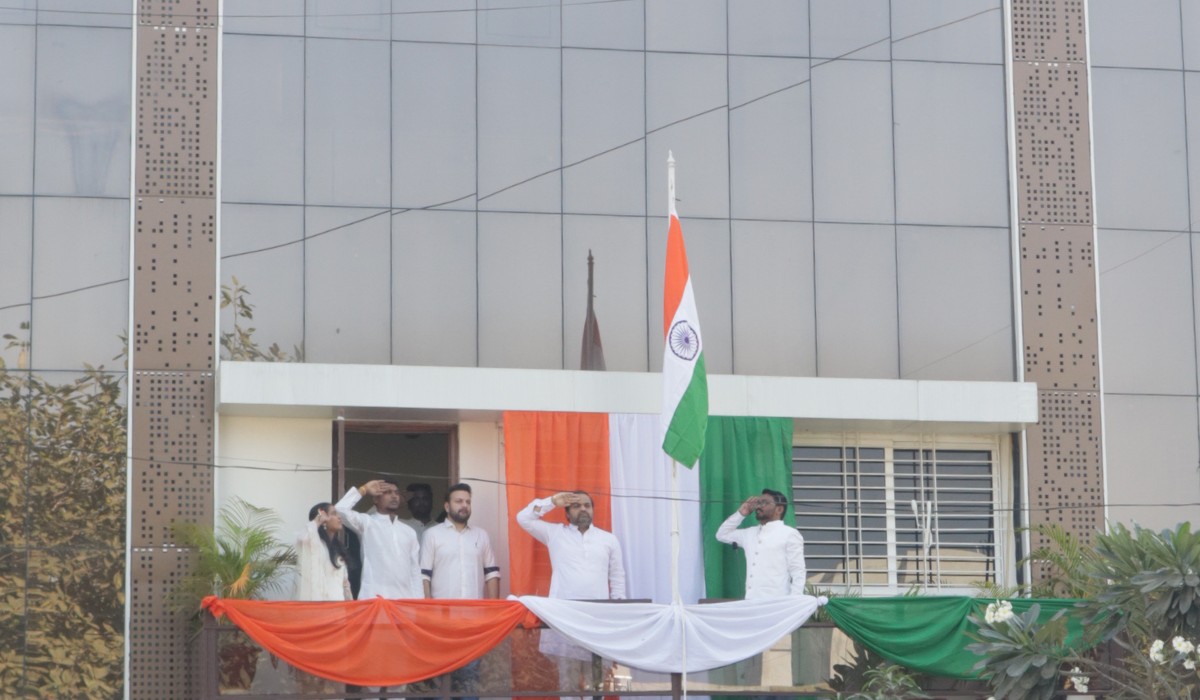Since gaining independence from British rule in 1947, India has been led by a succession of Prime Ministers who have shaped the nation’s trajectory and influenced its place on the global stage. This article provides a chronological overview of the individuals who have held the highest political office in India:
Jawaharlal Nehru (1947–1964):
Nehru, a prominent figure in the Indian independence movement, became India’s first Prime Minister upon independence. He played a pivotal role in shaping modern India’s democratic institutions, economic policies, and foreign relations.
Gulzarilal Nanda (1964):
Nanda served as interim Prime Minister twice, following the deaths of Nehru and Lal Bahadur Shastri, respectively. His brief tenures provided stability during times of transition.
Lal Bahadur Shastri (1964–1966):
Shastri succeeded Nehru as Prime Minister and is remembered for his leadership during the Indo-Pakistani War of 1965 and his slogan “Jai Jawan Jai Kisan” (Hail the Soldier, Hail the Farmer).
Indira Gandhi (1966–1977, 1980–1984):
The daughter of Jawaharlal Nehru, Indira Gandhi served as Prime Minister during two separate terms. She implemented significant social and economic reforms but also faced controversies, including the declaration of Emergency in 1975.
Morarji Desai (1977–1979):
Desai, a veteran freedom fighter, became India’s first non-Congress Prime Minister. His tenure focused on economic liberalization and improving relations with neighboring countries.
Charan Singh (1979–1980):
Singh’s term as Prime Minister was short-lived, marked by political instability and coalition politics.
Also Read: Delhi Safer Than London for Wealthy Indians Amid Rising Thefts
Rajiv Gandhi (1984–1989):
Following his mother Indira Gandhi’s assassination, Rajiv Gandhi became Prime Minister. He focused on modernizing India’s economy and infrastructure but faced challenges such as corruption scandals and ethnic conflicts.
Vishwanath Pratap Singh (1989–1990):
Singh’s tenure as Prime Minister was notable for his efforts to address corruption through the implementation of the Mandal Commission report.
Chandra Shekhar (1990–1991):
Chandra Shekhar led a minority government and focused on addressing economic challenges, but his tenure was brief due to political instability.
P. V. Narasimha Rao (1991–1996):
Rao initiated economic reforms that liberalized India’s economy and paved the way for rapid growth. His tenure marked a significant shift towards globalization and economic liberalization.
Atal Bihari Vajpayee (1996, 1998–2004):
Vajpayee served as Prime Minister three times, leading the first non-Congress government to complete a full term. His tenure saw advancements in infrastructure, foreign policy, and nuclear capabilities.
H. D. Deve Gowda (1996–1997):
Gowda’s tenure as Prime Minister was marked by coalition politics and regional issues.
Inder Kumar Gujral (1997–1998):
Gujral’s short tenure focused on improving relations with neighboring countries through his “Gujral Doctrine.”
Manmohan Singh (2004–2014):
Singh, an economist, spearheaded economic reforms and infrastructure development during his two terms as Prime Minister.
Narendra Modi (2014–present):
Modi’s tenure has focused on economic reforms, infrastructure development, and promoting India’s global presence.
Each Prime Minister has left a distinct imprint on India’s history, contributing to its social, economic, and political evolution. As India continues to progress, the legacy of its Prime Ministers remains a guiding force for the nation’s future.
Also Read: Key Terms Related to Monetary Policy Everyone Must Know











